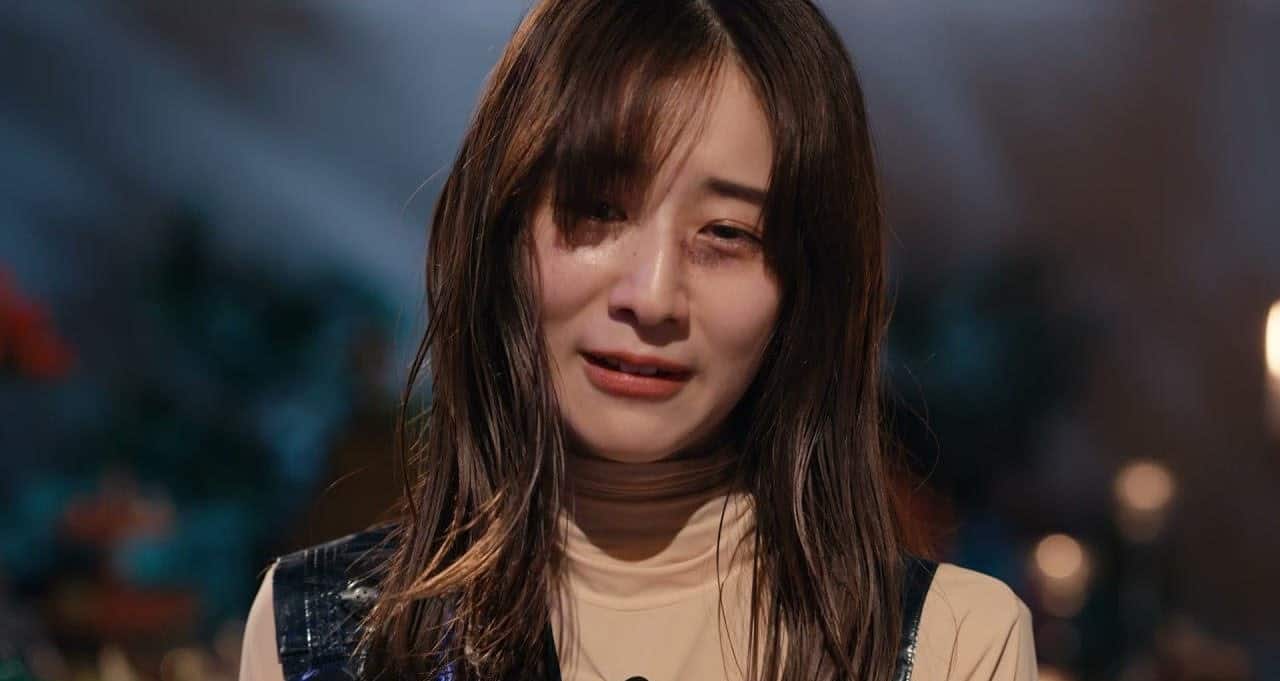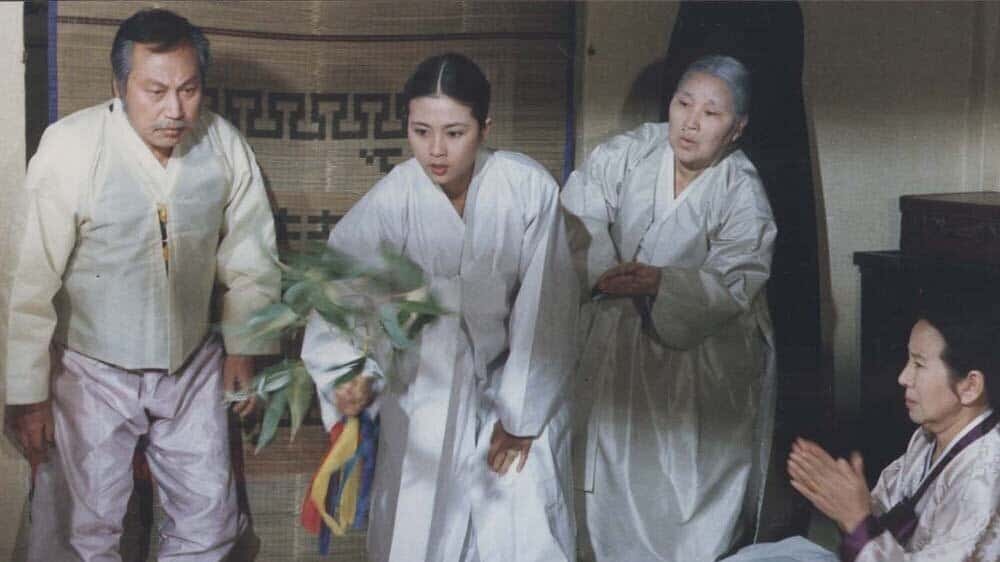The excellent continuation of the iconic “Bleach” continued in distinct shonen paths this year, with the second season of “Thousand Years Blood War”, titled “The Separation”.
While Ichigo is training, the rest of his Soul Society comrades are having to fight their Quincy opponents without their Bankai, which had, surprisingly, been stolen by their adversaries. In the meantime, Urahara is searching for a way for them to get their Bankai back, while Kurotsuchi is doing his own experiments on how to counter some of the most fearful techniques of their opponents. Yhwach, on the other hand, is searching for a way to invade the Soul Palace, while Ishida is being promoted within the ranks of the Quincy. As the episodes pass, more new foes are introduced, while the majority of the major characters of the previous seasons also make an appearance. Lastly, the past of the Quincy and particularly of Yhwach, become a point of focus too.
The first episode nicely sets the frame of the story, showing what most of the characters have been doing, but by the second one, the full blown battle that takes on the rest of the season is totally on. One of the most interesting aspects in that regard is the desperation the Captains of Soul Society feel, after the death of Yamamoto and their Bankai being stolen, with the fact that this time, they are the ones losing, adding a very appealing sense of drama to the story. The same applies to the mysterious role a somewhat confused Ishida is playing and the impact his appearance as enemy has on Ichigo and the rest of his gang, while the fact that the very core of Soul Society is being threatened adds another level of intrigue to the whole story.
Expectedly, though, the shonen elements take over, with the omnipresent concept of the more and more powerful foes appearing and the protagonists training to become stronger themselves permeating the narrative. Tomohisa Taguchi, though, following Tite Kubo's story adds a number of interesting elements, with the zombies, the mind control, and a number of unique abilities the Quincy particularly exhibiting, working quite well for both the action and the comedy in the series. It is somewhere here that one of the most unique elements of “Bleach” finds its apogee as the fanservice essentially gives its stead to a kind of buffoonish perversion, with a number of characters following this recipe, as the image below eloquently portrays.

The absurdity occasionally works, particularly when the approach is more serious and dramatic, but the annoying flashbacks and the explanations of each one's powers are here once more, becoming even more tedious especially when applying to characters that just appear briefly before getting killed. As the Quincy move forward though, the second setting of battles, even if following the same paths, becomes more impressive and more brutal, while highlighting another unique element of the series, that a number of the good guys have a demeanor that might as well belong to the villains. Rather likable Kenpachi is a prominent sample, but the same applies to Kurotsuchi, and even more to a newcomer, Shutara, whose overall presentation is also one of the most impressive in the whole series.
In that regard, it is somewhere there the technical aspect of the series finds its apogee, which, apart from the fact that Masashi Kudo continues to come up with unique characters one after the other, also thrives on the backgrounds, with Shutara essentially proving the best combination of both. The animation by Studio Pierrot retains the same, rather high standards the first season established, which finds their apogee in the non-stop battles.
The battles get more and more intricate as time passes, but the finale is quite underwhelming actually, essentially cutting the story rather abruptly, although as means to up the eagerness for the next season, definitely works. Furthermore, the fact that the good guys keep losing is also good for the overall build up, as much as the fact that a number of key players have barely become part of the action.
Although cliched in a number of ways, and a bit overly perverse on occasion, “Bleach: Thousand Year Blood War – The Separation” comfortably manages to hold one of the top positions among shonen anime, and also among the best of the year.
















